Harmonic Analysis (RMA) Worksheet for the song: Hound Dog.
Harmonic Analysis (RMA) Worksheet for the song: Hound Dog.
Hound Dog is a twelve-bar blues song written by Jerry Leiber and Mike Stoller. Recorded originally by Big Mama Thornton on August 13, 1952, in Los Angeles and released by Peacock Records in late February 1953, "Hound Dog" was Thornton's only hit record, selling over 500,000 copies, spending 14 weeks in the R&B charts, including seven weeks at number one. Thornton's recording of "Hound Dog" is listed as one of the Rock and Roll Hall of Fame's "500 Songs That Shaped Rock and Roll", ranked at 318 in the 2021 iteration of Rolling Stone's 500 Greatest Songs of All Time and was inducted into the Grammy Hall of Fame in February 2013. (wikiwand)
Hound Dog
has been recorded more than 250 times. The best-known version is the July 1956 recording by Elvis Presley, which ranked number 19 on Rolling Stone's list of the 500 Greatest Songs of All Time in 2004, but was excluded from the revised list in 2021 in favor of Thornton's version; it is also one of the best-selling singles of all time. Presley's version, which sold about 10 million copies globally, was his best-selling song and "an emblem of the rock 'n' roll revolution". It was simultaneously number one on the US pop, country, and R&B charts in 1956, and it topped the pop chart for 11 weeks—a record that stood for 36 years. Presley's 1956 RCA recording was inducted into the Grammy Hall of Fame in 1988, and it is listed as one of the Rock and Roll Hall of Fame's "500 Songs That Shaped Rock and Roll".
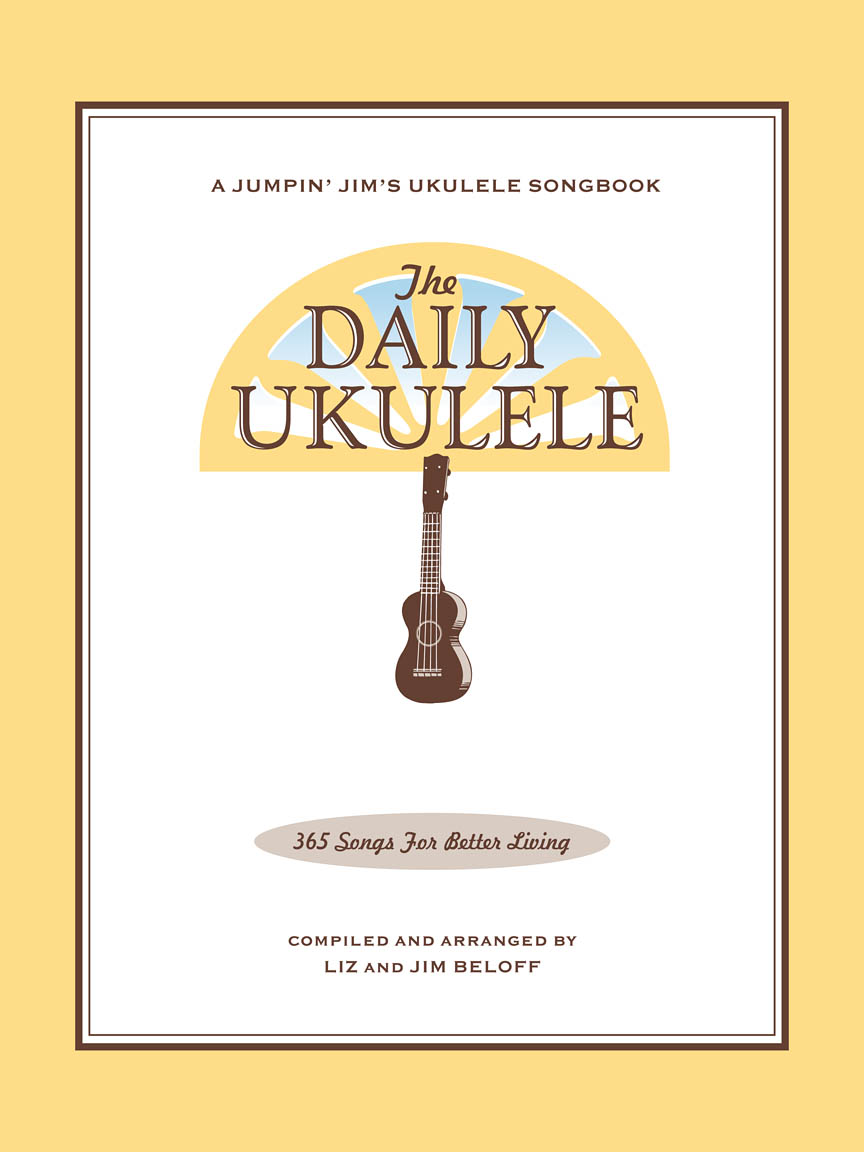
The Daily Ukulele— 365 Songs for Better Living book.




The 1st phrase of the melody for reference.
A basic twelve-bar blues and is one of the first chord progression you can start to hear by ear.
The twelve-bar blues (or blues changes) is one of the most prominent chord progressions in popular music. The blues progression has a distinctive form in lyrics, phrase, chord structure, and duration. In its basic form, it is predominantly based on the I, IV, and V chords of a key. Mastery of the blues and rhythm changes are "critical elements for building a jazz repertoire".
G: G Ionian, G Pentatonic
G Major Pentatonic: G A B D E G'Although in the Key of G Major and the G Major scale is I and the V comes from. The G Major Pentatonic scale is a better scale selection for the I chord than the G Major scale. For the the rest of the chrods the G Blues scale (G Bb C D E F G') is a great choice.
C Mixolydian (C D E F G A Bb C')
You might be inclned to call the C7 C Dominant Seven
. In this harmonic substitution it is not functioning as a dominant chord as it is not resolving to an F or Fm. It is simply a C7.
(G Bb C D F G') or
D Mixolydian
(D E F# G A B C D')
A Harmonic Analysis (RMA/HA) and its worksheet are intended to show the function of the chords, the harmonic principles used, the keys and tonalities the song explores. And, can be used for scale selections and chord and scale substitutions.
lead leadsheet.Minimal roadmap information such as repeats, fine, D.S., D.C., and codas has been used in preparing the worksheets to somewhat mirror the leadsheet in the Daily Ukulele book.
Yellow Book. You should start to recognize that 1st endings typically always return to a previous verse or an
 section. With a 2nd ending, a transition to a different part of the song, a
section. With a 2nd ending, a transition to a different part of the song, a  or chorus. Harmonic Principles are used for these repeats and transitions.
or chorus. Harmonic Principles are used for these repeats and transitions.- Hound Dog is in 4/4, Cut Time and the Key of G . The original by Big Mama Thornton is in the Key of A , Tempo: 133 bpm. The most famous version is from Elvis Presely the Key of C , Tempo: 87 bpm.
- Full Diatonic . A common, basic Blues form.
- Partial Diatonic • Full Diatonic includes Secondary Dominant chords
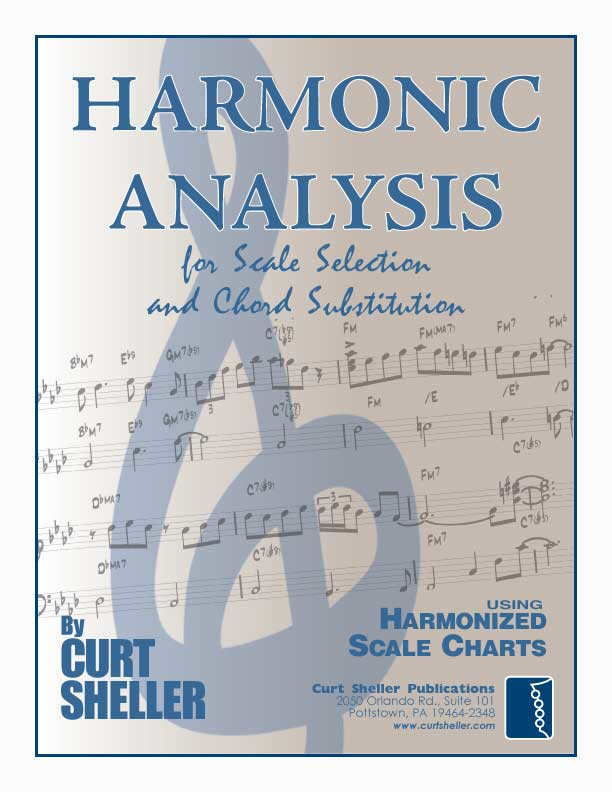
Contemporary Scales: Minor Pent: Minor Pentatonic, Pent: Major Pentatonic, Blues,
Scale/Mode Names: Ion: Ionian (Major), Dor: Dorian (Minor), Phrygian: Phrygian, Lyd: Lydian, Mix: Mixolydian (Dominant), Aeol: Aeolian (Natural Minor), Loc: Locrian
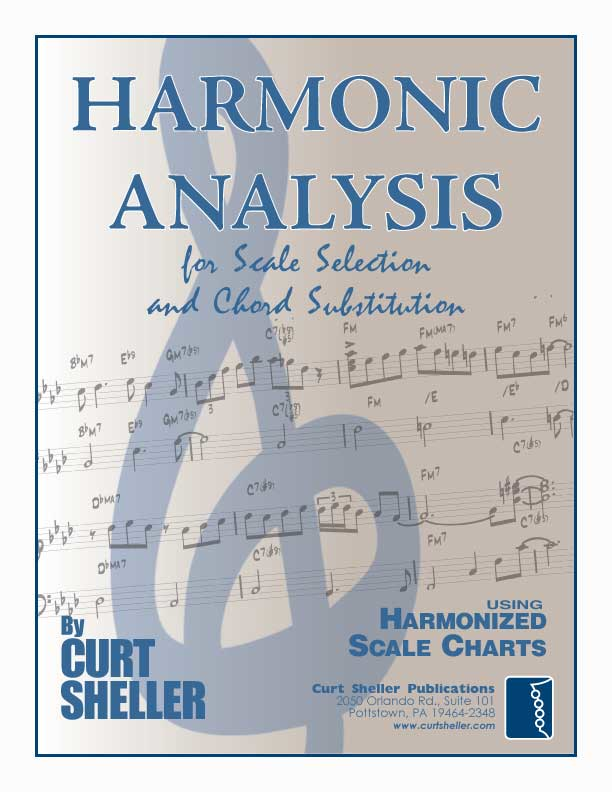

A G Blues scale (G Bb C D F G') can be used over the
I
IV
and
V
of a Blues progression. If using the G blues scale I'll address the B
note in the G chord (G B D) when I want to add a touch of melody the blues and add it tot he blues scale for (G B Bb C D F G'). Can;t go wrong address the chord tones.
In the Elvis recording (Key of C) (wikiwand) Scotty Moore (guitar) address the IV7 , F7 chord with a little fill plying nothing but the chord tones of (C A C Eb). Here is what we can do on the ukulele in C Tuning.

The solos are basically the blues scale in the key of G with chromatic and diatonic passing tones (notes outside or from the parent full diatonic scale).
Related Lessons, Videos, Lesson Series, Songs, Books & Reference Charts, Resources & Assets, Workshops are below.
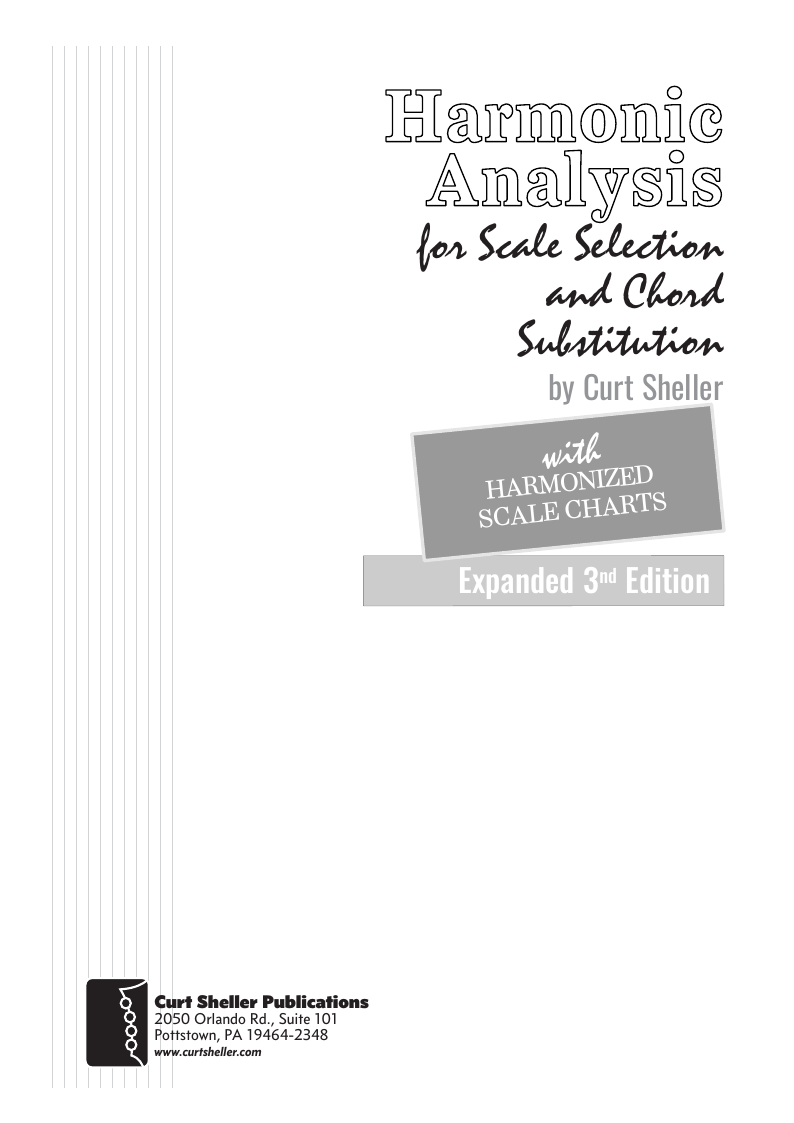
Harmonic Analysis ( HA ) is the process used to determine the harmonic function of chords within a chord progression. A chord progression is defined as a sequence of chords, each chord has a root and has a particular chord type. The relationship of a chord's root to a scale determines its function within that scale's tonality. Once a chord's function is identified, scale selections along with chord and scale substitutions can be made. This process is called Root Movement Analysis ( RMA ). This series of lessons are extracted from my book for use with individual private and on-line students. Each lesson directly corresponds the chapters in my book Harmonic Analysis for Scale Selection and Chord Substitution by Curt Sheller (me).

Harmonic Analysis (HA), also known as the study of chord relationships, is the method used to identify the harmonic role of chords within a chord progression or song. A chord progression refers to a sequence of chords, with each chord having a root note and belonging to a specific chord type. The function of a chord within a particular scale's tonality is determined by its relationship to that scale.

Harmonic Analysis is the understanding of the functional sequence of chords. It is the process used to analyze the harmonic structure of a progression, song or composition. This analysis is then used to make scale selections for improvisation and chord substitution.
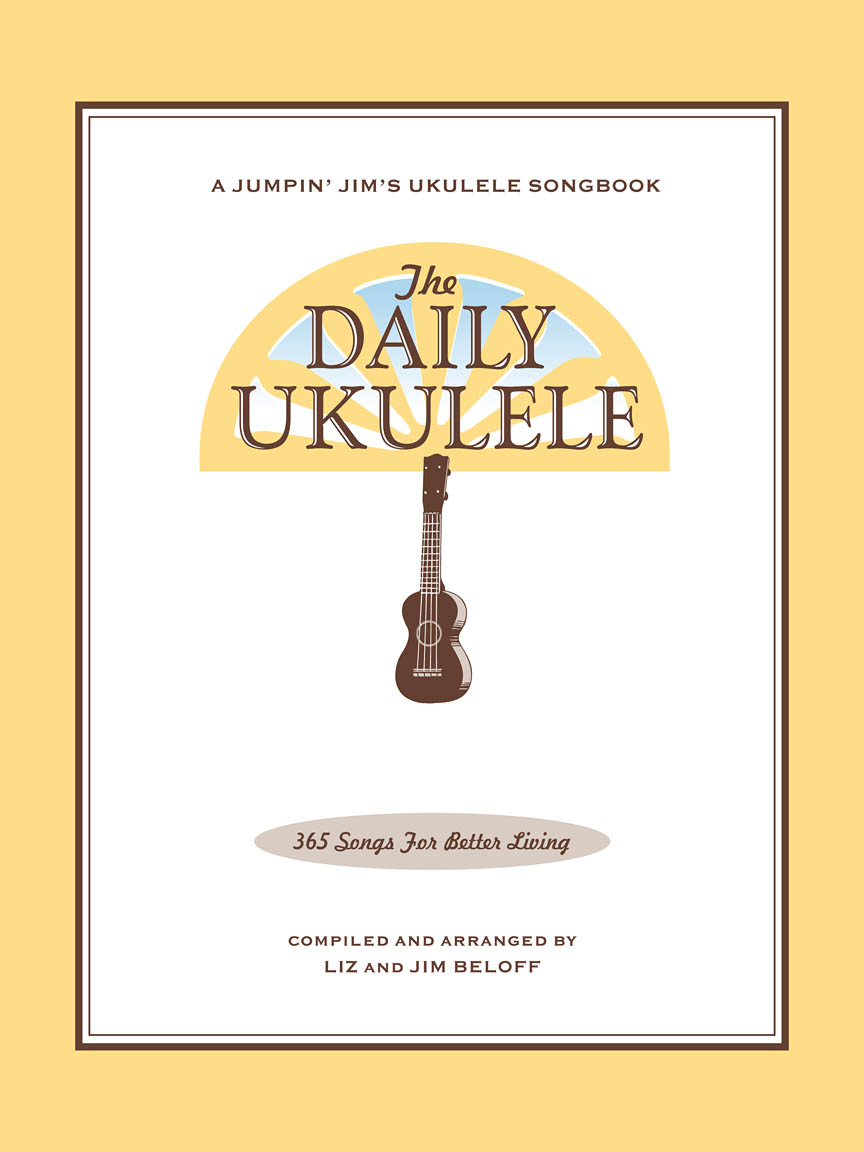
Strum a different song every day with easy arrangements of 365 of your favorite songs in one big songbook! The Daily Ukulele features ukulele arrangements with melody, lyrics and uke chord grids and are in ukulele-friendly keys that are particularly suited for groups of one to one hundred to play and sing.
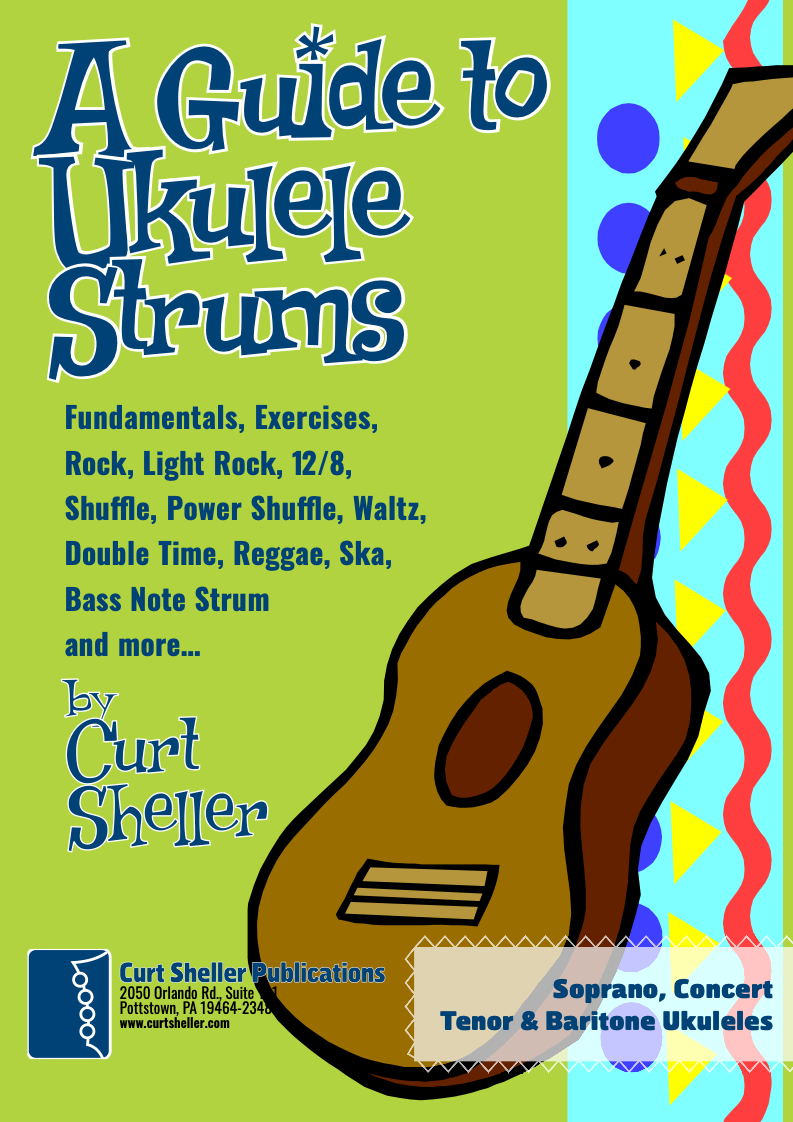
Learn a variety of strums and rhythmic patterns in wide range of musical styles. One of the first skills a ukulele player learns is the art and craft of strumming, playing rhythm. This refers to an accompaniment technique suitable for the singer, singer - songwriter or someone who plays a support role for another instrument.

Finally, learn the names of the notes of the ukulele fingerboard in C tuning .

Learn the six fingering principles to navigating the ukulele fingerboard. Fingering is one of the most universal topics. Book: Six Secrets of the Ukulele Fingering

Harmonic Analysis is the understanding of the functional sequence of chords. It is the process used to analyze the harmonic structure of a progression, song or composition. Book: Harmonic Analysis for Scale Selection and Chord Substitution

Learn to read single note melodies in the first/open position is a lot easier than you might think. Book: Ukulele – Reading Music Series – Primer

An organized collection of daily practice and reference material for the contemporary ukulele player for developing the vocabulary and knowledge necessary for single note playing. Book: Daily Practice Material for the Contemporary Ukulele
Checkout the Books & Reference Charts for additional Handy, Dandy Reference Charts.

Ukulele Fingerboard Chart for C Tuning, Low or High G – G C E A

Ukulele Fingerboard Chart for G Tuning, Low or High A – D G B E

A handy reference chart of all 15 major and relative minor key signatures. US Letter 8.5 x 11 sized (ANSI-A), A4
Checkout the Books & Reference Charts for additional Handy, Dandy Reference Charts.



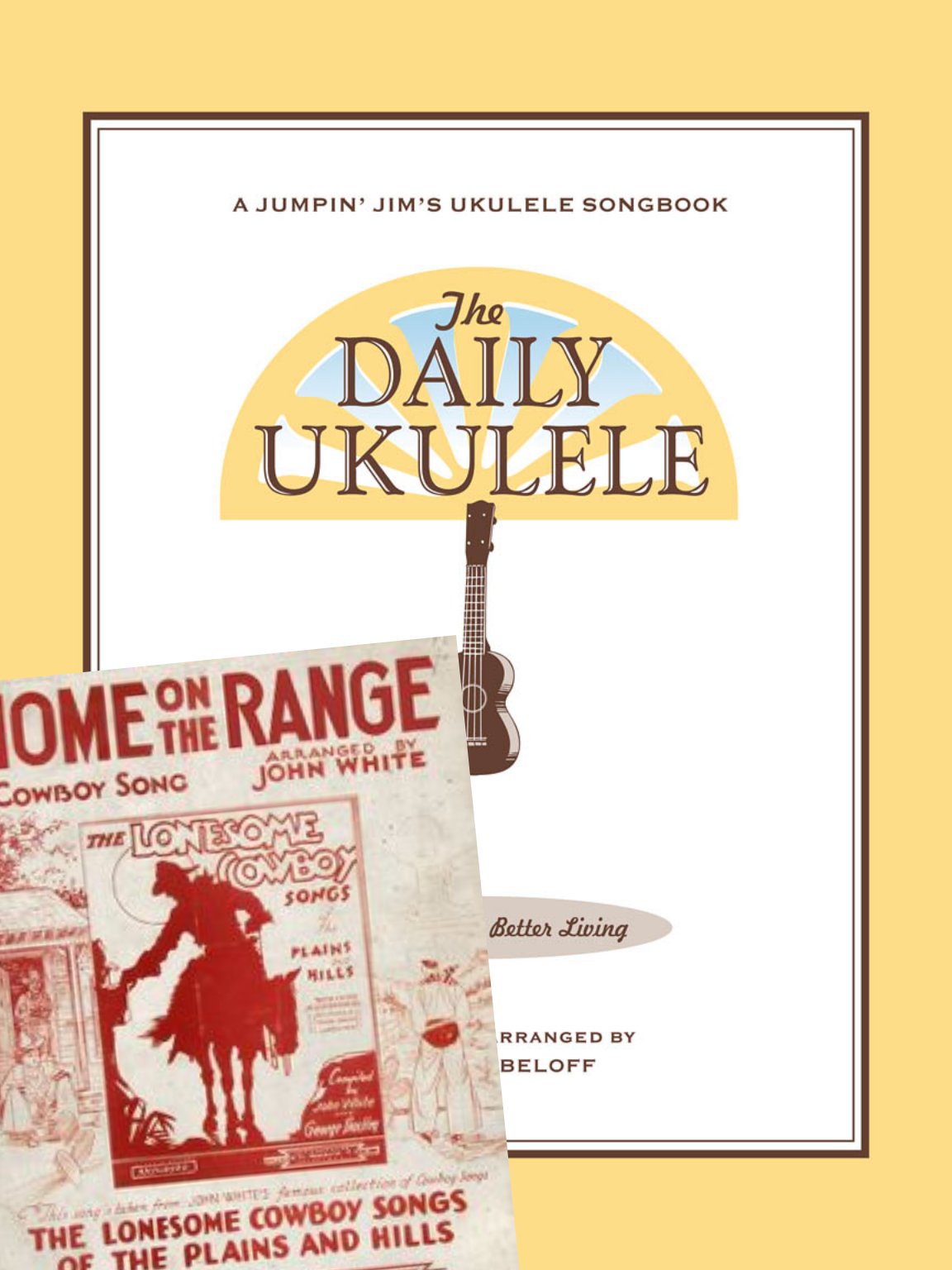


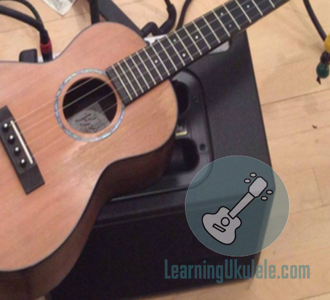
.jpg)